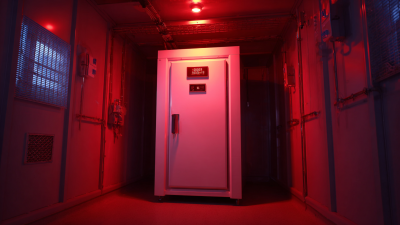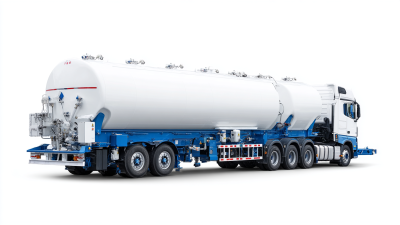
-
Home
-
About us
-
Products
-
Solutions
-
News
-
Blog
-
Contact us
Leave Your Message

Cryogenic liquid tanks are crucial components in industries that rely on the storage and transportation of gases at extremely low temperatures, such as liquefied natural gas (LNG), oxygen, and nitrogen. According to a report by MarketsandMarkets, the global cryogenic tank market is expected to reach USD 18.5 billion by 2025, growing at a CAGR of 5.2% from 2020 to 2025, driven by the increasing demand for energy and advancements in cryogenic technology. These tanks operate under stringent safety protocols to maintain temperatures below -150°C, thereby ensuring that substances remain in a liquid state for efficient storage and transport. Understanding the intricacies of a cryogenic liquid tank's design and functionality is essential for industries engaged in heavy-duty applications, where safety, efficiency, and reliability are paramount. In this blog, we will delve into the structure, operating principles, and various applications of cryogenic liquid tanks, highlighting their critical role in modern industrial operations.
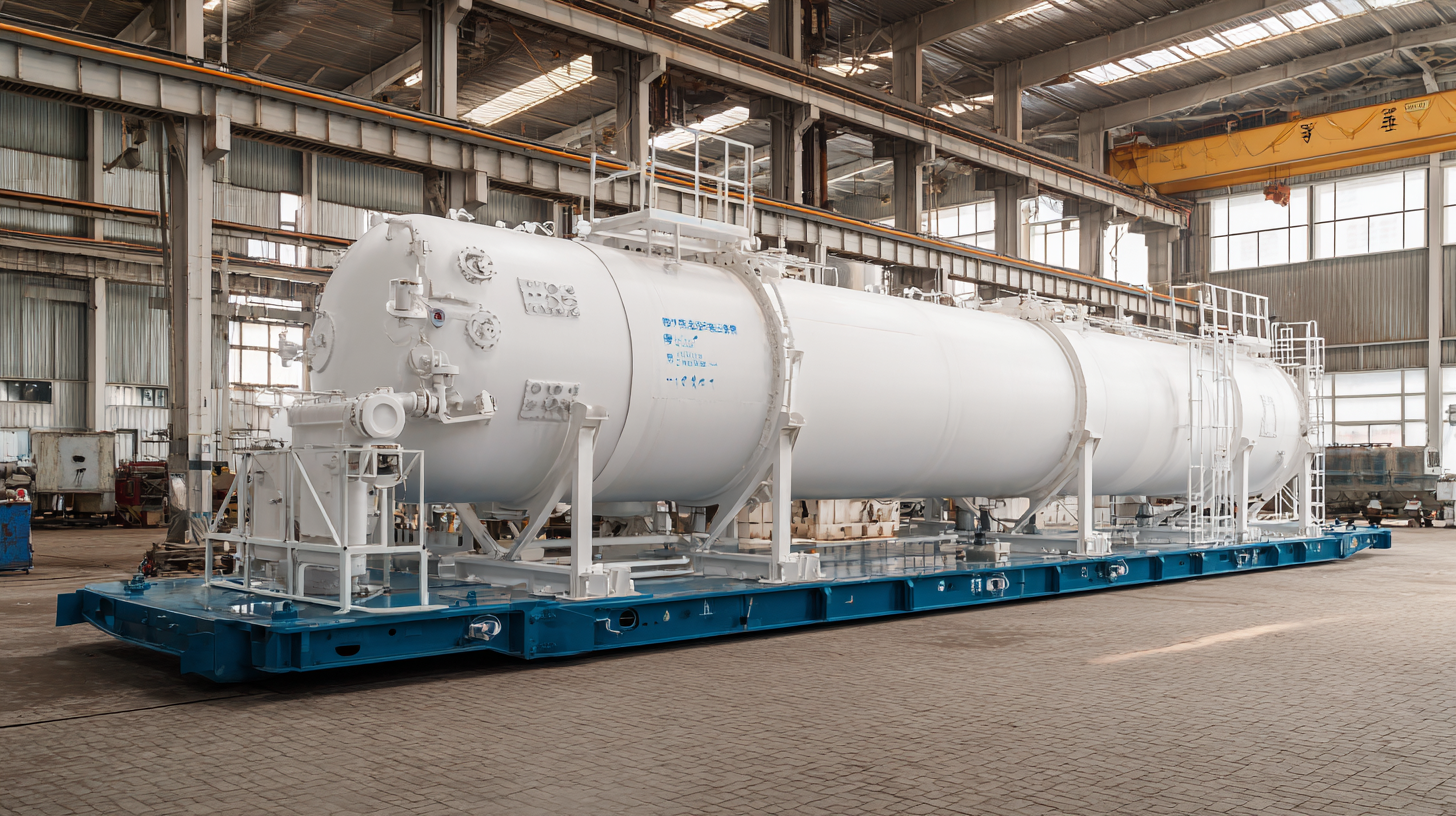
Cryogenic liquids are defined as fluids that exist at extremely low temperatures, typically below -150°C. Common types include liquid nitrogen, liquid helium, and liquid hydrogen, each serving various industrial and scientific applications. Liquid nitrogen, for instance, is widely used for refrigeration and in food processing, while liquid hydrogen is integral in aerospace as a rocket propellant. The management of these substances, especially in terms of propellant management during crewed deep space exploration, presents unique challenges that require innovative solutions.
Recent developments in cryogenic fuel tank technology emphasize the need for improved materials that exhibit cryogenic toughness. These materials must maintain performance under extreme conditions, crucial for the reliability of space missions. Studies underline that advanced composite pressure vessels can effectively address these challenges, with Type V composite pressure vessels showing significant promise due to their lightweight nature and resilience. The integration of thermal imaging cameras in the design of cryogenic fuel tanks will also enhance monitoring and management capabilities, supporting more efficient space exploration initiatives as reported in various industry analyses.
Cryogenic liquid tanks are essential in various industries for the storage and transport of liquefied gases at extremely low temperatures. The key components of these tanks are critical for their efficiency and safety. The structure of a cryogenic liquid tank typically includes an outer shell and an inner vessel. The outer shell serves as a protective layer, while the inner vessel is designed to contain the cryogenic liquid. Materials used for construction must withstand the intense cold and prevent heat transfer, which is vital to maintain the low temperatures required for cryogenic liquids.
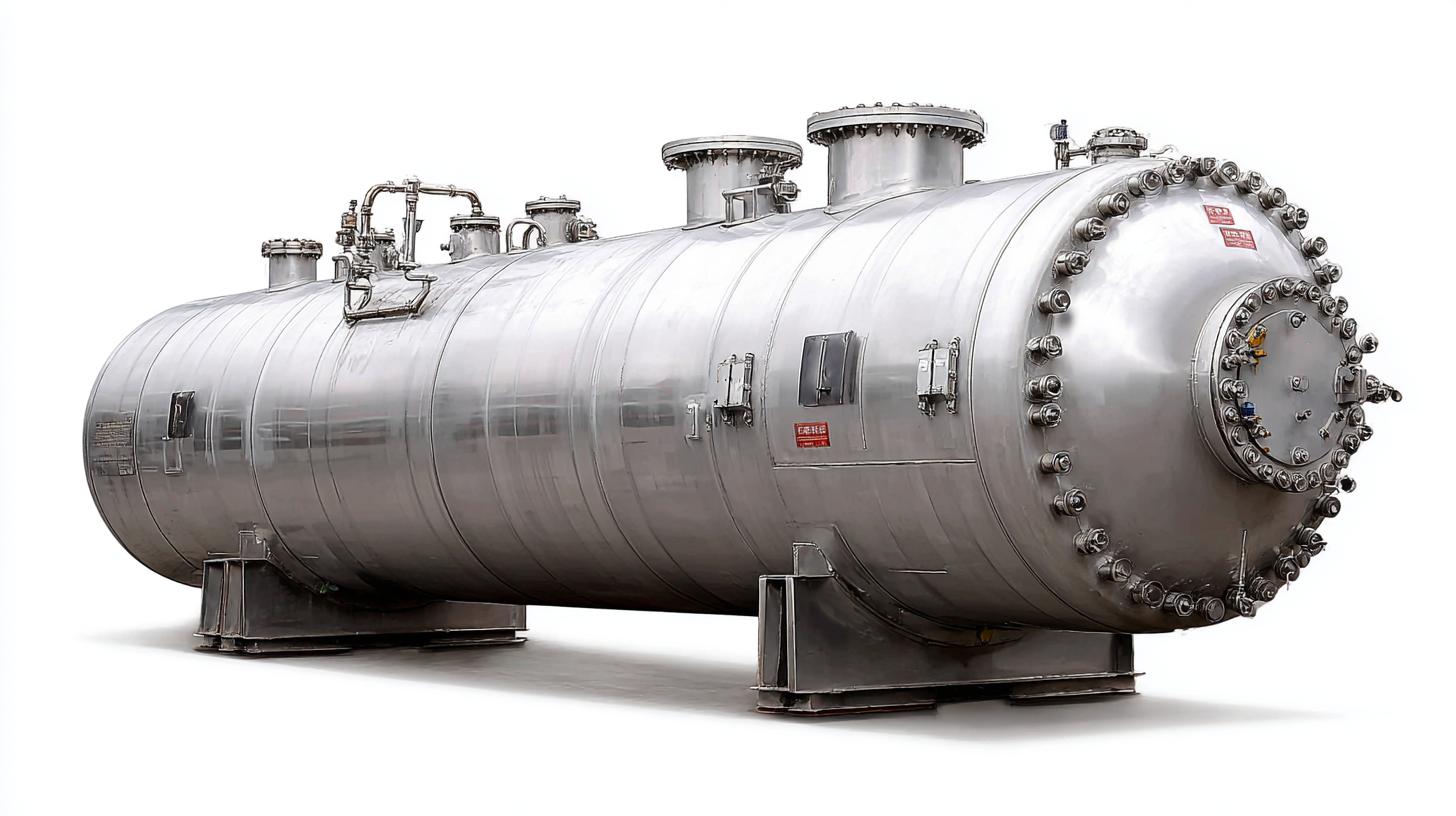
Insulation is another crucial component, often utilizing materials like vacuum insulation, polyurethane, or multilayer insulation to minimize heat influx. These components work together to ensure the tank functions effectively without compromising the integrity of its contents. Additionally, pressure relief systems are integrated to handle the buildup of gases that can occur due to temperature changes. The choice of materials such as stainless steel or aluminum is essential to ensure durability and resistance to cracking or failure under extreme conditions. Together, these structural and material components are key to the safe operation of cryogenic liquid tanks.
Cryogenic liquid tanks are engineered to store gases at extremely low temperatures, typically below -150°C (-238°F), causing them to condense into liquids. These tanks operate based on fundamental principles of thermodynamics and fluid mechanics, maintaining a stable environment for the cryogenic liquid. The design often incorporates materials with low thermal conductivity, such as stainless steel or special composites, to minimize heat transfer with the external environment, ensuring the liquid's boil-off rate remains at an acceptable level. According to a report by MarketsandMarkets, the global cryogenic equipment market is projected to reach USD 27.7 billion by 2025, indicative of the growing demand for efficient storage solutions in various industries.
The mechanisms behind the operation of cryogenic liquid tanks involve intricate systems of pressure management and insulation techniques. Tanks are usually equipped with a vacuum insulated chamber that significantly reduces thermal exchange, while pressure relief valves and venting systems ensure safety by preventing over-pressurization due to gas expansion. Recent advancements in sensor technology allow for real-time monitoring of internal pressures and temperatures, enhancing operational safety and efficiency. The increasing reliance on cryogenic liquids—such as liquefied natural gas (LNG) and liquid hydrogen—illustrates the critical role these tanks play in energy storage and transportation, representing a vital component in the transition towards more sustainable energy sources.
| Dimension | Description |
|---|---|
| Capacity | Varies typically from 1,000 liters to 500,000 liters based on application |
| Materials Used | Stainless steel or aluminum for better strength and cryogenic resistance |
| Operating Temperature | Typically below -150°C (-238°F) for various cryogenic liquids |
| Insulation Type | Vacuum insulation is commonly used to minimize heat transfer |
| Safety Features | Pressure relief valves, level indicators, and emergency shut-off systems |
| Common Applications | Used in aerospace, medical, and gas industries for storage of liquefied gases |
| Maintenance Requirements | Regular inspections, testing for leaks, and monitoring of insulation integrity |
When handling cryogenic liquid tanks, safety measures and best practices are paramount due to the inherent risks associated with these substances, especially in hydrogen energy systems. As hydrogen is highly combustible and can lead to explosions if exposed to electrical sparks or excessive heat, stringent protocols must be implemented. Personnel should be trained to understand the properties of cryogenic liquids and the specific challenges posed by hydrogen, ensuring that they follow procedures designed to prevent ignition sources in areas where these tanks are used or stored.
Best practices in the management of cryogenic liquid tanks include regular maintenance checks, proper labeling, and the use of specialized equipment to handle transfers. The design of the infrastructure around these tanks must facilitate efficient and safe operations, including adequate ventilation and emergency procedures in case of leaks or accidents. Furthermore, to preserve the integrity of the contents, it’s crucial to monitor and control temperatures meticulously, as even minor deviations can lead to operational hazards. Adhering to these guidelines contributes to a safer working environment and mitigates the risks associated with cryogenic fluids in hydrogen-based energy systems.
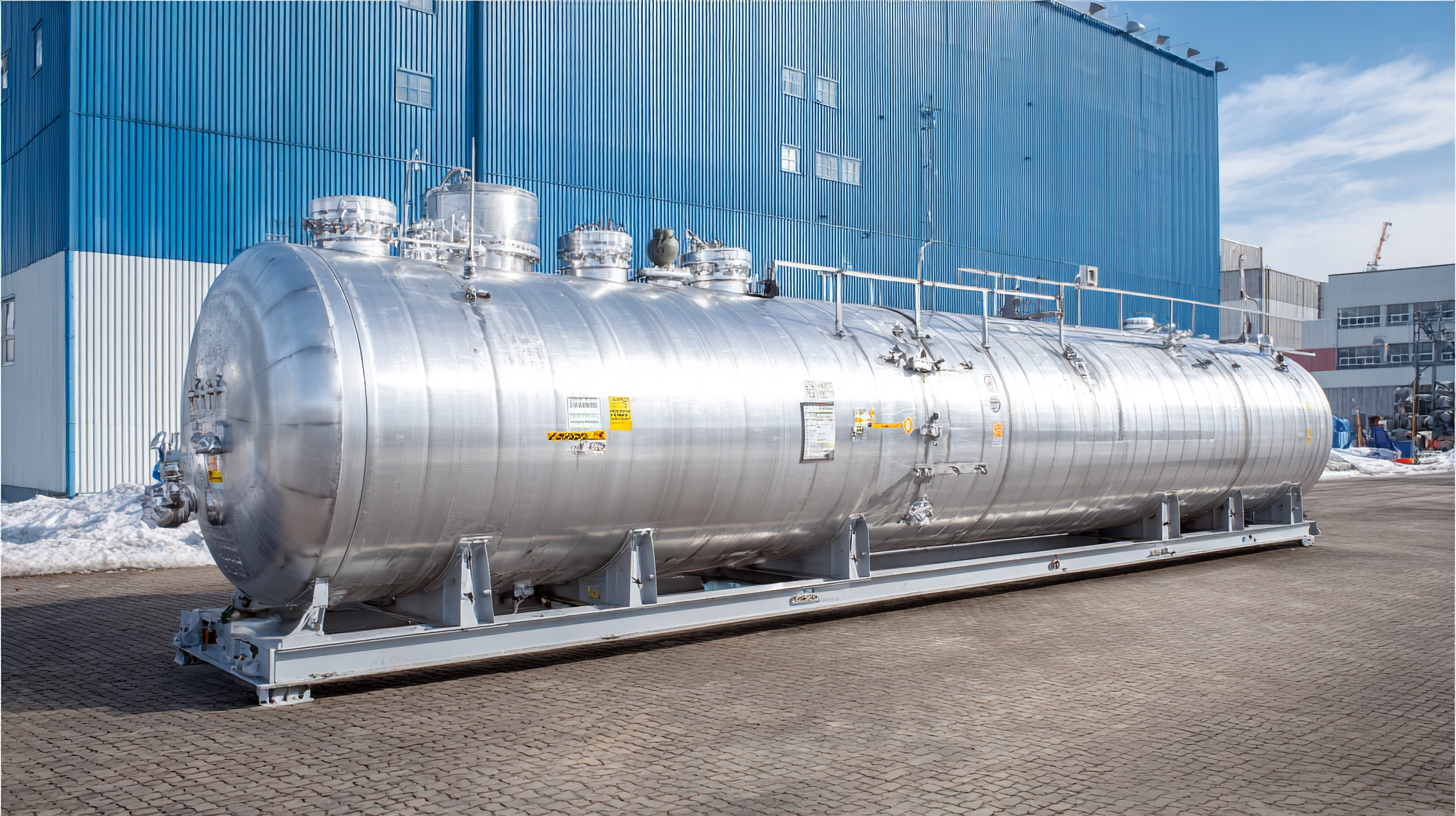
Cryogenic liquid tanks play a crucial role in various industries, primarily for the storage of liquefied gases at extremely low temperatures. In the aerospace sector, for instance, these tanks are essential for storing liquid hydrogen and oxygen, which serve as rocket fuels. According to a report by the International Cryogenics Society, about 70% of liquid hydrogen produced globally is used for space exploration, highlighting the importance of efficient cryogenic systems in advancing technology and exploration.
In the medical industry, cryogenic liquid tanks are pivotal for the preservation of biological samples. Liquid nitrogen tanks maintain temperatures that can reach as low as -196°C, making them ideal for storing cells, tissues, and other sensitive biological materials. Reports indicate that the use of cryopreservation techniques has increased by over 20% in the past decade, underscoring the growing reliance on cryogenic technologies in biomedical research.
**Tips:** When working with cryogenic liquids, ensure you have the appropriate safety equipment and proper training. Always check for leaks in tanks before use, as even small losses can lead to significant temperature changes. Additionally, regularly monitor the liquid levels to prevent overfilling and to maintain optimal operating conditions.
